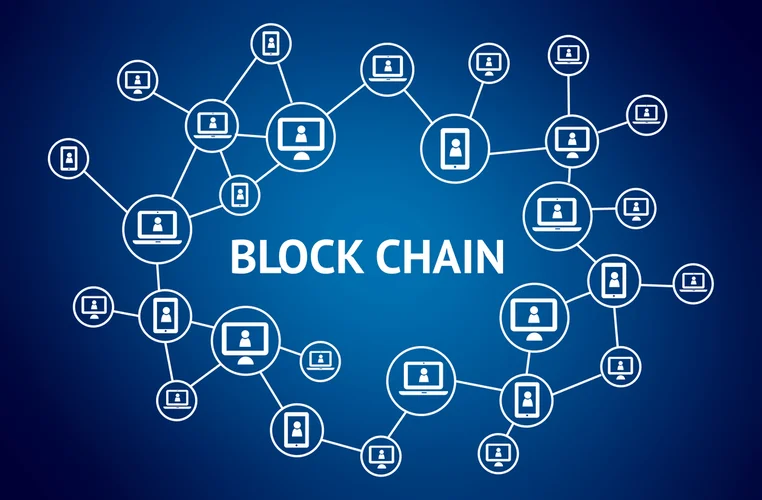Celebrate successes and learn from things that could have been performed better. Use what you’ve learned from this project to develop even more cohesive teams in the future. The five stages often take place in any type of team, so being able to navigate through the tough parts is what ultimately helps ensure the project’s success. By understanding the five stages of team development, you can start your projects with a strong vision and goal. Track objectives as part of your meeting workflow with our Objectives tool.
- A communication plan is an outline of how your team is going to communicate important information to key stakeholders.
- For more information, see our „Using the Stages of Team Development” article and the „What Stage is Our Team In?” tool (Microsoft Word).
- Bear in mind that, in some cases, you might need to reform and relaunch a long-standing team to reap the benefits of all four Tuckman stages.
- They have to write, edit, optimize, and publish 10 long-form articles on the topics that matter to the company’s bottom line.
- With a clear communication plan in place, your team will know how to discuss their issues with the rest of the team in a constructive manner.
At one point or another, every team reaches the endpoint and enters the Adjourning stage. There are loads of ways to grow a company – learn about our approach here. None of us have perfect information, but we can get closer by sharing what we know and what we see.
Enlisting the Major Product Features
Your team starts to increase their productivity at this stage as they become more familiar with their teammates and their working styles. If you’ve asked team members to update progress documents weekly, check to make sure it’s being done. Set reminders for yourself to check in with team members, or send calendar events so that making updates is always top of mind and getting done. The main goal here is to keep the momentum going so that the project wraps up on time. Choose a project management software that lets you plan the entire project and assign deadlines and responsibilities so everyone can see what tasks need to be accomplished. Finally, share the project roadmap so the team can see the starting point, the proposed check-in points, and the end goal.

The 4 comprise a group of marketing-savvy professionals assigned to tackle a content production project. They have to write, edit, optimize, and publish 10 long-form articles on the topics that matter to the company’s bottom line. The stages of group development in organizational behavior and management comprise the theory of team development. In other words, it’s a group-forming model that consists of 5 distinct phases.
Elements to Build a Strong Employee and Employer Relationship
For teams that were gathered for a specific purpose, this final stage will begin as the goals will be reached and work will start winding down. Others may continue working but could lose several members, thus changing the overall team dynamics. Either way, this is a point in the team development lifecycle that the team as we know it ceases to exist. However, by recognizing the team development stages, we can help our teams solve issues and progress. By going through the development cycle, teams stop being a group of individuals and become a unit, all working together towards the same goal.

The addition of the adjourning stage acknowledges that teams often have a finite lifespan and need to be guided through this final phase effectively to ensure a smooth transition or closure. An educational psychologist Bruce Tuckman described 5 stages of team development – forming, storming, norming, performing, and adjourning. The last stage was added a few years after the initial definition, as Tuckman felt there was a need to describe the deconstruction of the team as well as the beginning. In this stage of team development, team members fall into a rhythm as a cohesive taskforce. The skills of each member are validated and utilized to execute the necessary tasks. While conflict may still arise in this stage, it no longer spirals into dysfunction.
Customer Success
At this stage, the group isn’t very productive, as they’re still getting acclimated and figuring out the role that each person will play on the team. Psychologist Bruce Tuckman was the first to document the different phases that teams go through as they develop. In this article, we discuss the different stages of group development and how you can guide your team through them to optimize collaboration.
By now team members work together easily on interdependent tasks and are able to communicate and coordinate effectively. There are fewer time-consuming distractions based on interpersonal and group dynamics. phases of team development For this reason, motivation is usually high and team members have confidence in their ability to attain goals. The first stage of team development is the point in which the team members meet one another.
AI Meeting summary
These five stages advance as a team works together, but especially when a team brings awareness to their dynamic. Some teams do come to an end, when their work is completed or when the organization’s needs change. While not part of Tuckman’s original model, it is important for any team to pay attention to the end or termination process. When HubSpot, a marketer’s product, was launched, it was not much of a success. Sadly, their customers did not understand the intent of the now successful product.

Very few team members will have your perspective on the entire project (or the full scope of your team’s segment of the project), so don’t be afraid to jump in. When you do find a good solution or process to help resolve difficult situations, make sure you document those immediately. The team can consult this record when future problems arise and make adaptations as needed. Your teams will soon learn that conflict is not to be feared, and that they have the tools to find a productive compromise. Individual members of a team learn more about their personal potential, duties, and work dynamically within the team.
Why is Team Development Important?
The tight structure supports team members to be open and honest in their assessment. After reflecting as individuals, the team builds a collective map which can serve as the basis for further discussions and actions. Each one encouraging the team to reflect and analyse a different and crucial element of their behaviour. In fact, moving from Norming to Performing often involves further refinement and reappraisal of working methods as your team grows and develops. Even on a limited-time project, taking time to analyze team effectiveness and working habits during the project is important in ensuring you can maintain productivity and course-correct where necessary. Disagreements and differences of opinion will always happen when passionate and talented people get together – the key is to not get bogged down and find productive ways to navigate those differences.

(We will discuss the role of conflict and conflict resolution in the next section). Behaviors during the Storming stage may be less polite than during the Forming stage, with frustration or disagreements about goals, expectations, roles and responsibilities being openly expressed. During the Storming stage, team members may argue or become critical of the team’s original mission or goals.
Forming stage
This gives them insight into the bigger goal but also breaks down the timeline into smaller increments. Maintaining an effective team is much like maintaining a garden; if left unattended, it loses its ability to thrive. Team development ensures that the team can thrive in the long term. Team members are able to prevent or solve problems in the team’s process or in the team’s progress.
